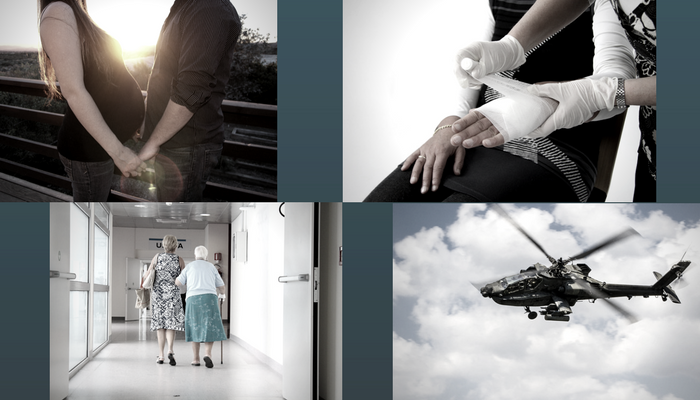If your organization has 50 or more employees, then it may have to deal with the federal Family and Medical Leave Act (FMLA). FMLA compliance involves paperwork. Employers must provide eligible employees prescribed notices and can require their workers to complete leave-request forms. The U.S. Department of Labor maintains sample forms that most covered employers use. The DOL recently updated its model FMLA forms, though in a minor way.
The FMLA grants eligible employees up to 12 weeks (26 in limited cases) of leave per year to use in several situations. These include personal or family member serious health conditions, birth/adoption of a new child, and certain military-related matters. What documents should you be using when these situations arise in your workplace?
What Changed on the FMLA Forms?
Ready for this? The date. That’s it. The expiration date to be precise.
In 2015 the DOL made several substantive revisions to the FMLA forms related to the Genetic Information Nondiscrimination Act (GINA). Those forms showed a May 31, 2018 expiration date. Since then, the DOL has been extending the expiration date on a month-to-month basis up to August 31, 2018.
Over Labor Day Weekend (ironically) the DOL finally issued new forms that don’t expire until August 31, 2021. But there are no substantive changes. Just a new expiration date.
Get the New FMLA Forms
Even though nothing meaningful has changed, you might as well use the new forms. If nothing else, it will avoid questions from employees about why you’re giving them “expired” paperwork.
Here are links to the new FMLA forms:
Notices
WH-381 Notice of Eligibility and Rights & Responsibilities
WH-382 Designation Notice
Certification forms
WH-380-E Certification of Health Care Provider for Employee’s Serious Health Condition
WH-380-F Certification of Health Care Provider for Family Member’s Serious Health Condition
WH-384 Certification of Qualifying Exigency For Military Family Leave
WH-385 Certification for Serious Injury or Illness of Current Servicemember — for Military Family Leave
WH-385-V Certification for Serious Injury or Illness of a Veteran for Military Caregiver Leave
Review FMLA Compliance
Since you’re already thinking about the FMLA now, it would be a good time to double check your organization’s compliance.
Here’s are some basics.
First, are you still covered? Have you dropped below the 50-employee threshold? Do you have any eligible employees? Among other criteria, an employee must work within a 75-mile radius of 50+ employees to personally qualify even if the company has 50 employees overall.
Second, are you providing the right documents to employees at the right times? Once an employee puts the company on notice of a possible FMLA situation, you must give them the notice of FMLA rights within 5 business days. You can either also provide the designation form or seek certification and then make a determination once the employee provides more information. Make sure you get the timing right either way.
Third, are you applying additional legal requirements correctly? Some states, like New York and California, have their own paid leave laws. These are not exactly the same as the FMLA and don’t necessarily apply under all of the same circumstances. Plus, the Americans with Disabilities Act and state disability discrimination laws might also extend leave entitlements as reasonable accommodations.
There’s much more to the FMLA. If you have questions or need more guidance, consult an experienced employment attorney.
To stay up to date on employment law developments, trends, and best practices, click here sign up to receive the Horton Law email newsletter.

